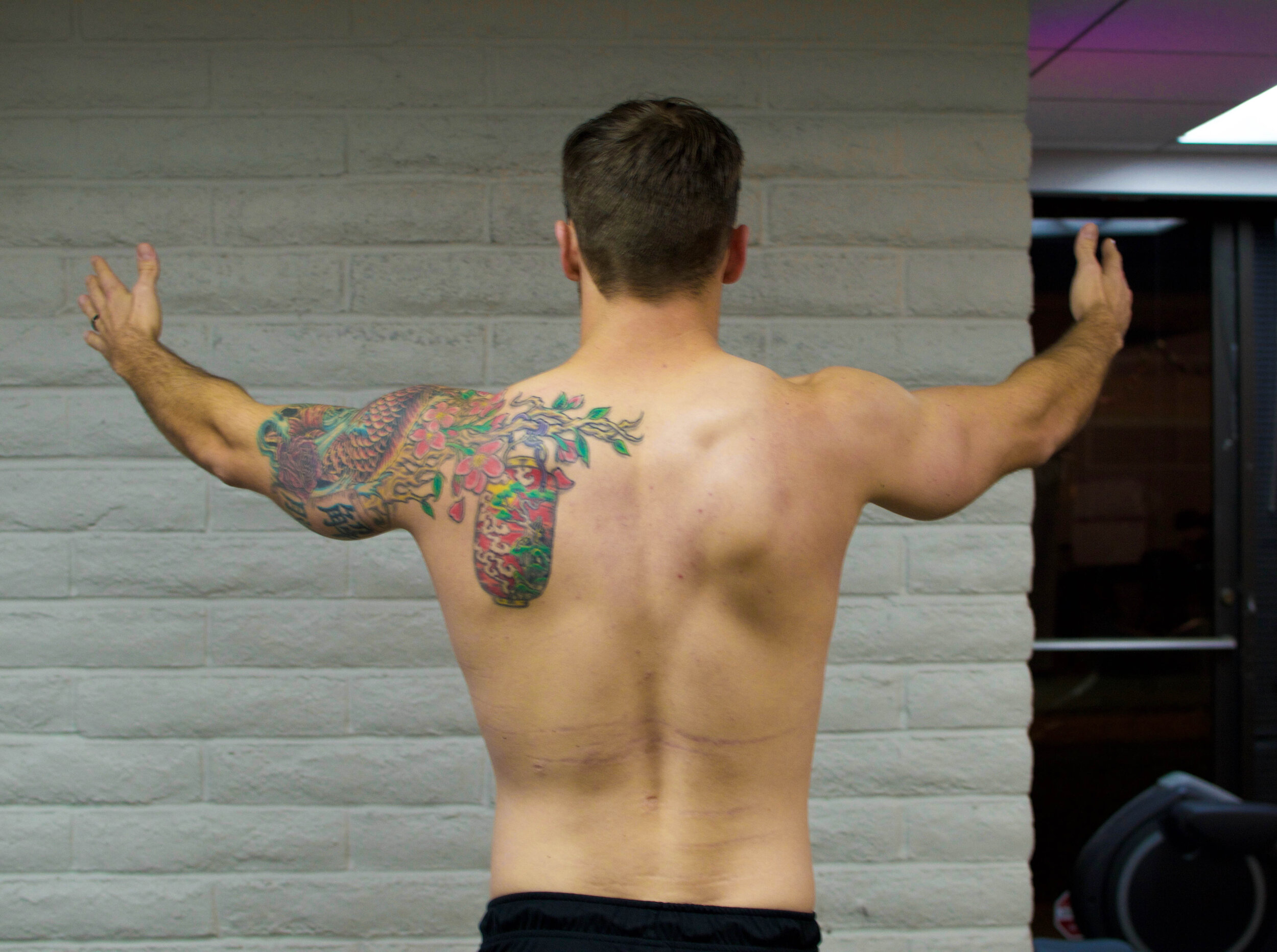During arm movements, a relative ratio of degree measurements occurs between the ball and socket of the shoulder and the shoulder blade on the rib cage. This ratio or rhythm is thought to preserve spacing in the shoulder joint and optimize the length tension relationship in the surrounding muscles. Abnormal rhythms have been associated with multiple neck and shoulder disorders including impingement, rotator cuff tendon injury, and rotator cuff tears. Researchers continue to explore the relationship between this rhythm and diagnoses but have yet to determine if abnormal rhythms are causative in nature or just associated with having shoulder pain. Athletes were once thought to be at risk of future shoulder injury if they demonstrated abnormal rhythms with arm movements during preseason assessments. A recent review of the literature challenges this commonly held theory.
The American Journal of Sports Medicine published a review on the available research regarding scapular dyskinesis and future injury risk in athletes (Hogan et al. 2020). Authors included 7 studies of more than 900 athletes which assessed for pre season dyskinesis and reported on future injury incidence. Authors reported dyskinesis was found in close to half of pain free athletes, but only 1 in 4 developed an injury over time. They reported the absence of a statistically significant association between dyskinesis and future injury.
Scapular dyskinesis is akin to assumed SI joint rotations and posture in the spine, as well as, pronated feet in the lower body. In some patients it can be significant but in others it neither contributes to the patient’s function or current symptoms.
Click Here to schedule your next appointment with the experts at MEND
Click Here
Top Shoulder Exercises


